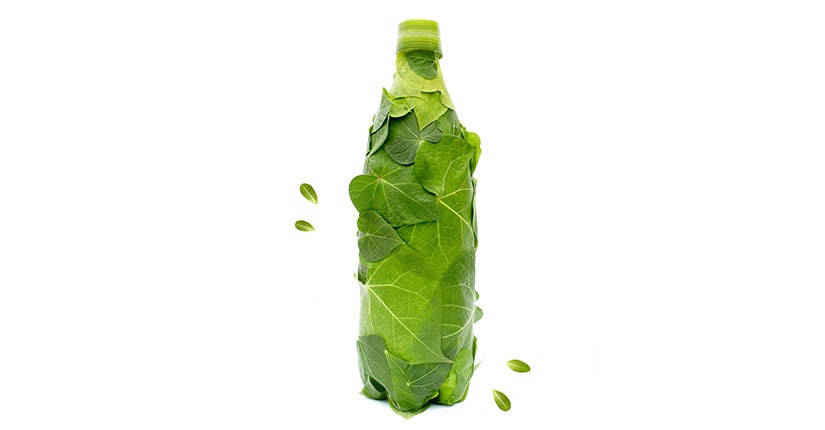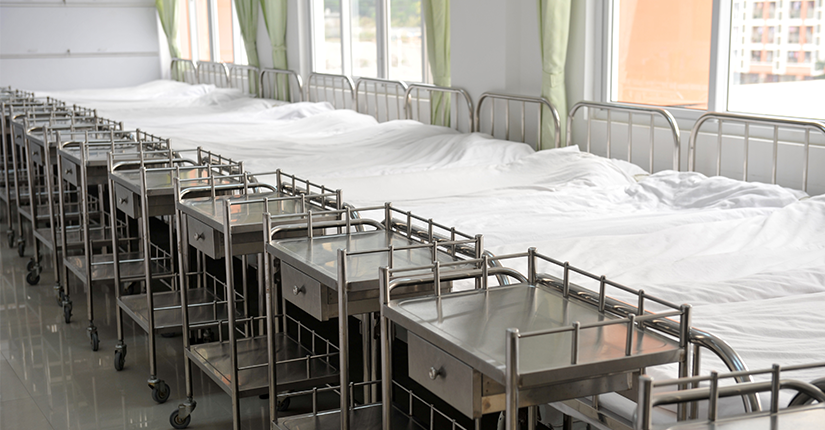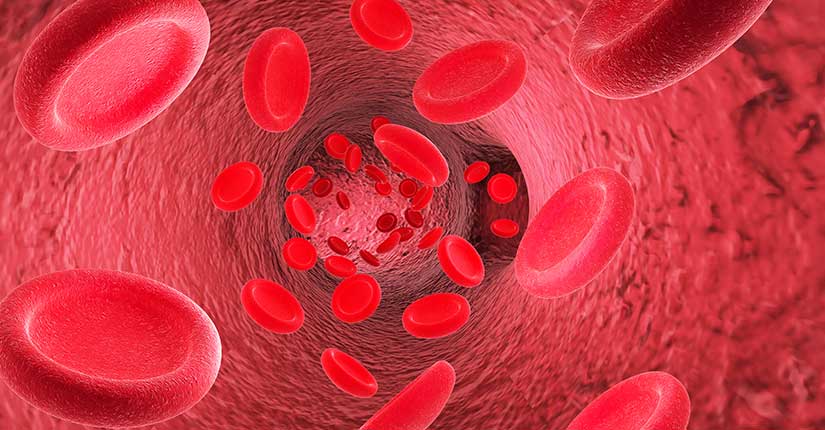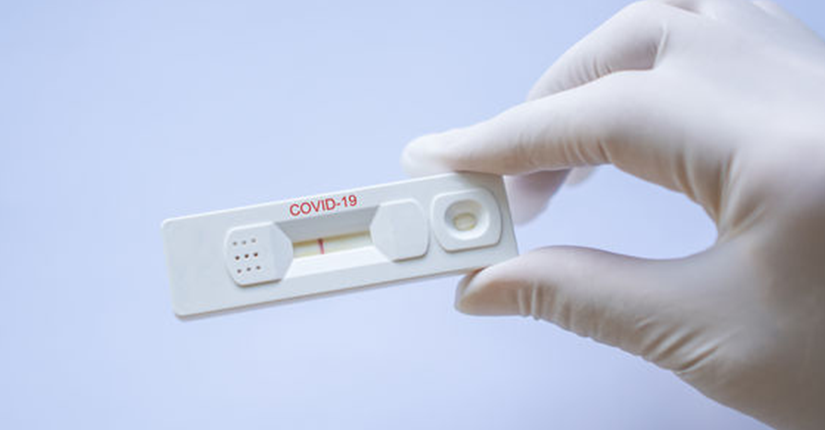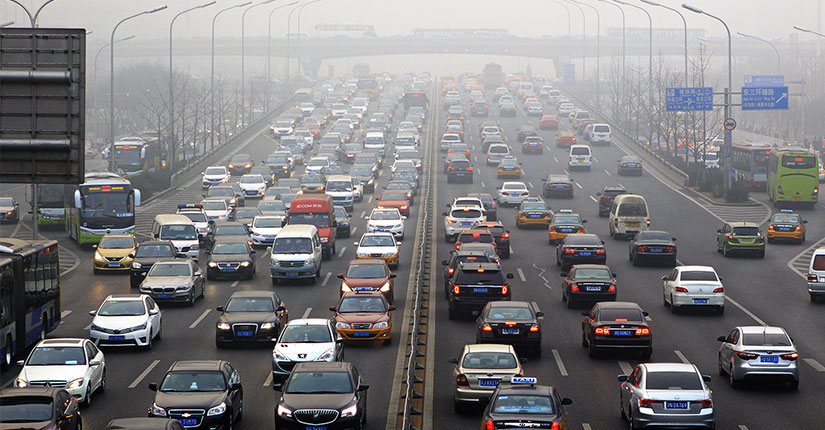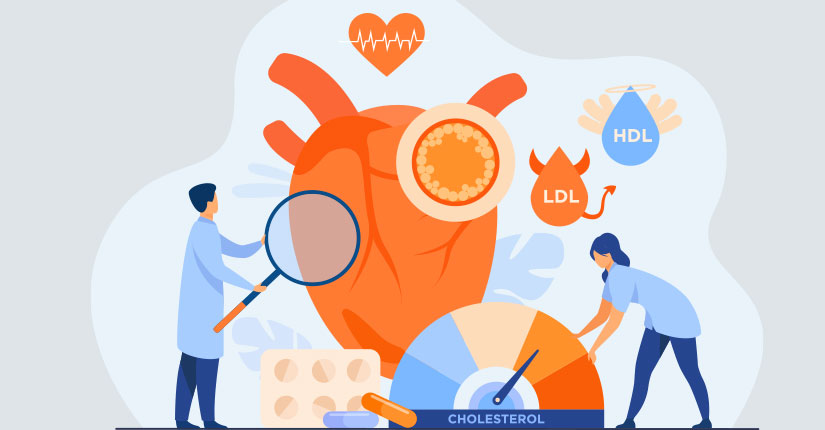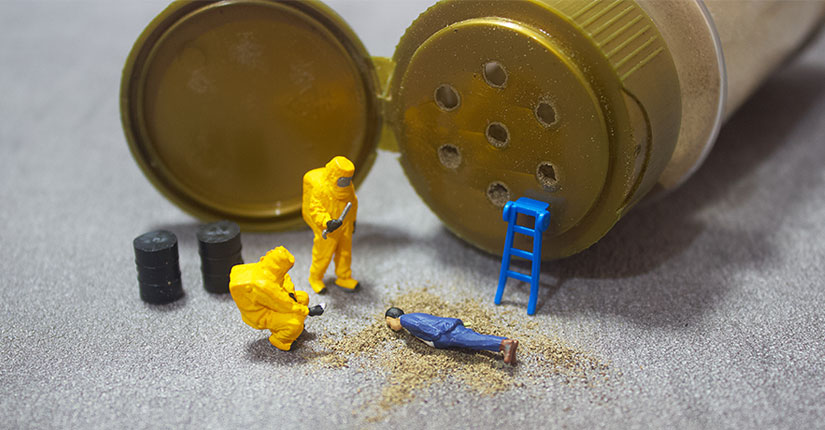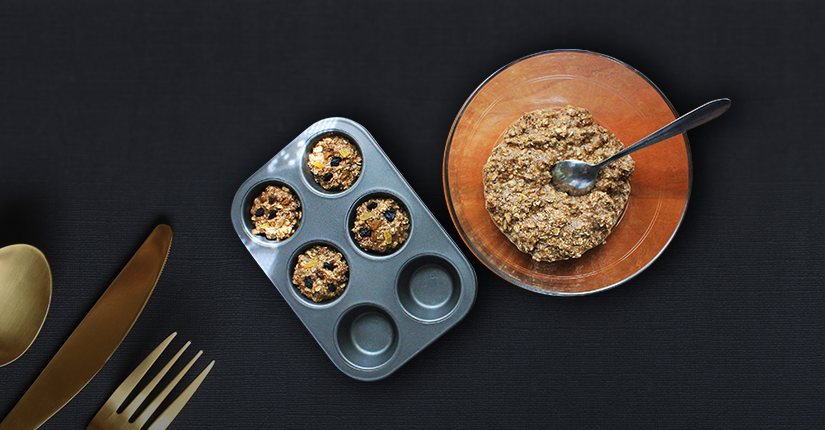Time to Pay a Closer Attention to Harmful Chemicals in your Dishwashing Liquid
By Nmami Life Editorial 12-Mar 2020 Reading Time: 4 Mins
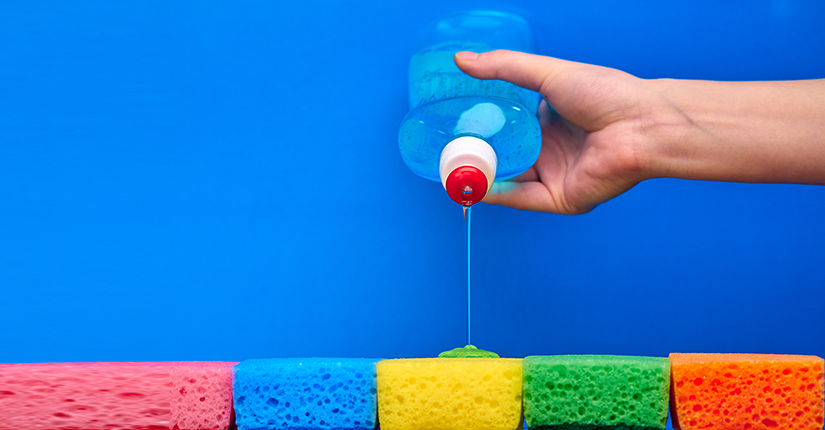
Perfect fragrance, vibrant colour and big promises with hefty prices to clean utensils where you can see yourself like a mirror and get crystal clear cleanliness is what a dishwashing liquid advertisement shows. But that’s not just it, liquid dishwashing cleaning agents do have a dark side which is not explored yet and which might cause harm.
Have you been worried about eating dishwashing liquid along with food? Even though you rinse, rewash and wipe the utensils but a bit of residual soap may still be left on it.
Foaming agents, bathing soaps, cleaning gels, liquid detergents, dishwashing cleaners and others, all of them perform the action of cleaning and removing dust/dirt from the surface or face or body and so all of them contain chemicals which are not only necessary but are inevitable part of the solution.
Here is a list of few active chemicals and some of the basic ingredients in dish soap include surfactants, preservatives, fragrances, colours as well as active or inactive ingredients:
- Triclosan is one of these active ingredients widely used in the gels. This antibacterial and antifungal agent was banned in the USA due to its adverse effects on the mitochondria—the powerhouse of our cells. Following this, several companies that sell in India also stopped its usage in products that have chances of ingestion—like toothpaste. Although diluted, triclosan is still a part of dishwashing liquids.
- Few other concerns of Cocamide DEA include cancer, chronic aquatic toxicity, acute aquatic toxicity.
- Several other concerns of Ethanolamine include respiratory effects, general systemic/organ effects, chronic aquatic toxicity, nervous system effects, skin irritation/allergies/damage.
- Other issues of Formaldehyde like cancer, general systemic/organ effects, respiratory effects, skin irritation/allergies/damage, acute aquatic toxicity may come up.
- Sulfuric Acid can cause cancer, respiratory effects, skin irritation/allergies/damage.
- Many concerns of Sodium Borate include developmental/endocrine/reproductive effects, skin irritation/allergies/damage, respiratory effects.
- Triclosan can cause some problems include chronic aquatic toxicity, acute aquatic toxicity, general ecotoxicity, developmental/endocrine/reproductive effects, cancer, immune system effects, circulatory system effects, general systemic/organ effects, nervous system effects, skin irritation/allergies/damage, digestive system effects, damage to vision.
- Sodium Laureth Sulfate (SLES) generally used in toilet cleaners as well as in dishwashing soaps. Mainly it functions as a foaming agent that can penetrate through grease and clean it from the surface of utensils, SLES can be absorbed by skin cells too. This may cause rashes and allergic reactions to develop if you have sensitive skin.
Over to you
Dishwashing liquid may possess significant hazards to human health and planet but can be taken care of if you pay a little more attention. For the sake of your health and that of aquatic life, get to know the chemicals in your dishwashing liquids.

